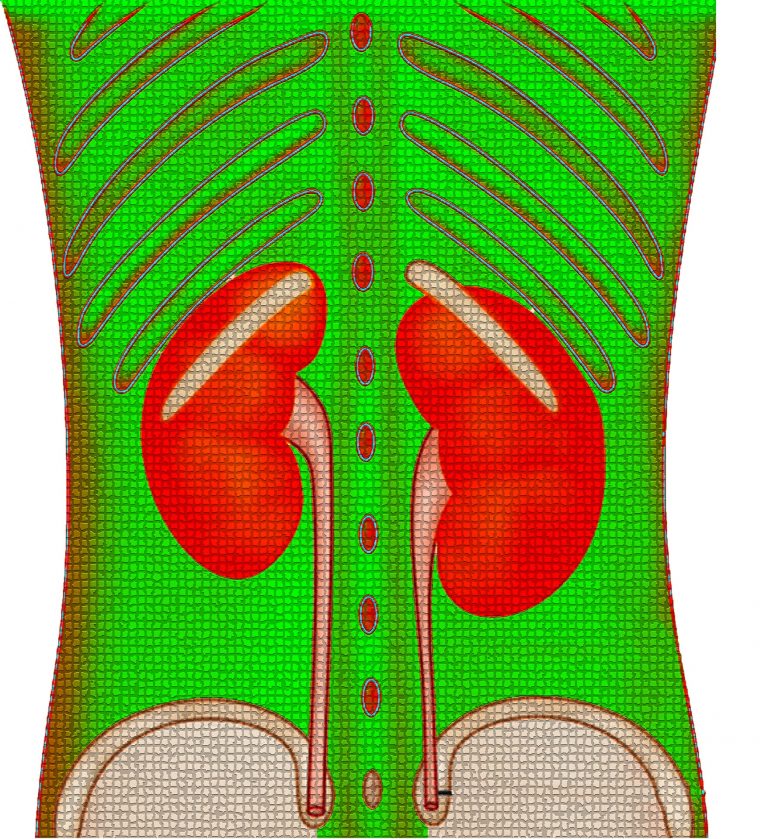One of the most troublesome infections that practically all of us may encounter is cystitis, which is called also an urinary tract infection. This disease is most often the result of the presence of bacteria in the urinary tract, and what is more, due to the anatomical structure of the kidneys and ureters, women suffer from it more often.
How does urinary tract infection come about?
Healthy and properly functioning urinary tract are inhabited by various types of microorganisms only temporarily because in most cases our body can fight them on its own. This is possible primarily due to natural immune mechanisms such as, for example, the Tamma-Horsfall protein, which prevents the bacteria from interacting with cells found in the epithelium of the urinary tract. The most common cause of cystitis is Enterobacteriaceae, in particular Escherichia coli type.
Microorganisms usually get into the urinary tract through the coil, where they then attach to the walls of the bladder and begin to multiply, in result causing inflammation. Also, the development of inflammation may occur as a result of the entry into the urinary system of viruses, fungi or atypical pathogens. Particularly dangerous are long-term, prolonged infections in the urinary tract, which may carry the risk of developing conditions that pose a direct threat not only to health but also to life, causing, among others, pyelonephritis or urinary sepsis, in the most severe cases leading even to death.
What are the different types of cystitis?
The mildest and also the most common clinical form of urinary tract infection is asymptomatic cystitis, which is characterized by the fact that it gives ... practically no symptoms. However, this is not the only type of this disease, because, in fact, urinary tract infections are divided into lower and upper urinary tract infections. They include primarily urethritis, prostatitis and bladder infections, which are complicated to correctly diagnose in people with functional, metabolic or anatomical defects of the urinary tract.
How is the diagnosis made?
Diagnosis of urinary tract infection is most often based on medical history, physical examination, as well as laboratory tests prescribed by a specialized physician. The main material to assess whether we are dealing with cystitis is a urine sample that should be taken from the midstream when urinating during the first-morning visit to the toilet. The bacteriological examination is one of the key elements in the diagnosis of urinary tract infection, and it is primarily used for the precise assessment of the presence of leukocytes, protein, erythrocytes and bacteria. In cases of recurrent disease blood tests are also useful, which allow, for example, to determine whether the kidneys are functioning properly, whether inflammation occurs in the urinary tract, etc.
What herbs are good for cystitis?
When trying to figure out what can be used in the treatment of cystitis, it is worth considering not only the pharmacological agents that modern medicine offers us. Although most of them work very well in fighting urinary tract infections, traditionally herbs can also be used, especially with anti-inflammatory, diuretic and relaxant properties.
You can reach for herbal infusions, such as chamomile, which has a soothing effect, or horsetail, which has diuretic properties and accelerates the cleansing of the infected urinary tract.
In a situation where frequent, recurrent cystitis is our bane, it is worth reaching for proven medicines. An alternative to classic pharmacological drugs can be herbal teas, as well as preparations based on natural plant extracts. If the methods used by our ancestors fail or the onerous ailments take on, then you should not wait with the visit to the doctor. Neglecting to treat this disease can lead to many dangerous complications, including kidney failure and chronic inflammation even across the whole body.






